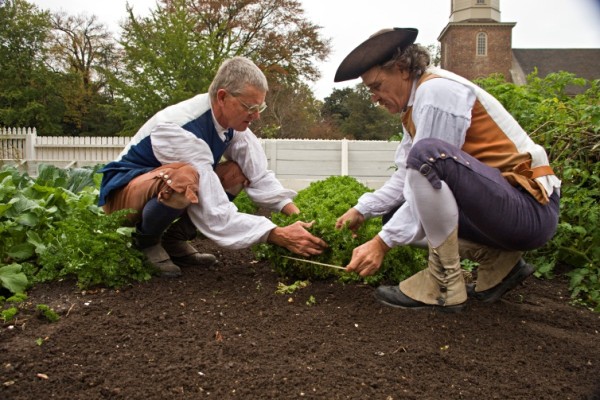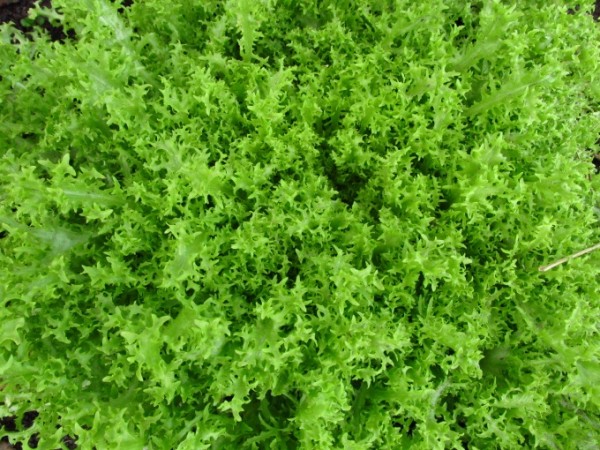
The crisp days of early winter are a celebration of greens and there is no finer member of this verdant fraternity of leafy vegetables than the various forms of endive. However, it is only in modern times that the proper management of this herb has rendered it fit for gentleman’s tables. The 16th century French work, Maisons Rustique, explains the ancient complaint: “Endive…is more serviceable in Physicke than any other wayes, and is not planted in Gardens, because it is alwaies bitter.” In more recent times gardeners have discovered the process of whiting, or blanching, which removes the bitterness for which it has long been known and endive is now much used in winter time as a salad with great pleasure and satisfaction.

There are several forms of endive, the most ancient being the broad leaf endive also known as Batavian Endive or Escarole. This has been replaced in most gardens by the curled endive for, as Philip Miller observes in The Gardeners Dictionary (1768) of the broad leaved form, “This sort is not much cultivated in the English gardens at present, for the curled Endive being tenderer, and not so bitter, is generally preferred to it.”
While Mr. Miller’s observation is certainly true in the green state I prefer the broad leaf form when whited. To white, or blanch, the endive is gathered up and tied into a ball in a perfectly dry condition for any moisture on the leaves will quickly rot them. It is then placed under a pot, which is large enough to accommodate the plant without bruising the leaves. The curled endive will blanch the purest white while the escarole will turn a creamy yellow. It must be observed that this is only done in cooler weather so it is a delicacy reserved for the winter months.

An even finer form of curled endive is known by the French name of Frisée. Its leaves are so finely divided that it does not blanch well but when grown under paper frames to ward off the frost the leaves will remain a chartreuse green and are perfectly palatable without the benefit of blanching.
Leave a Reply